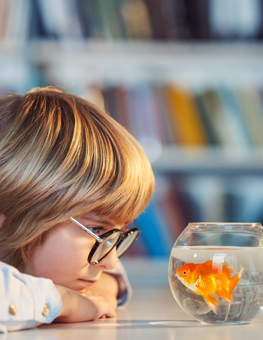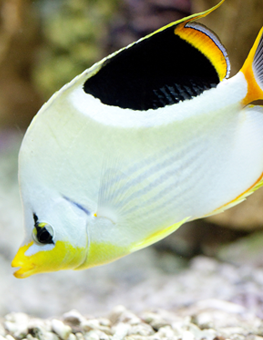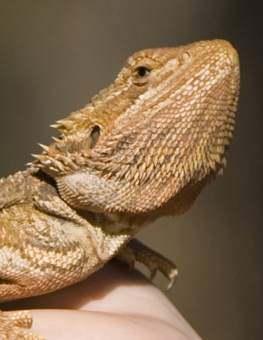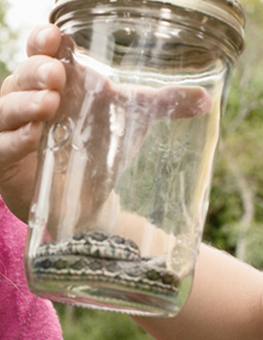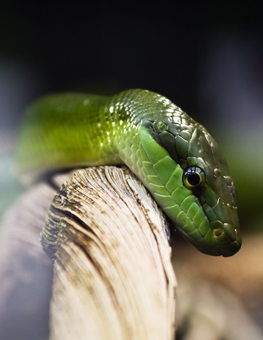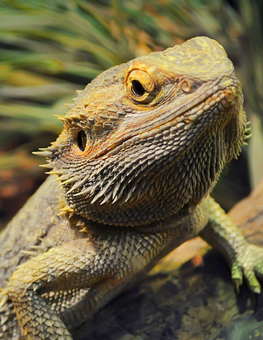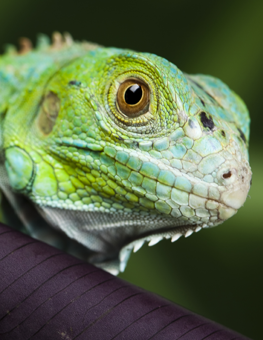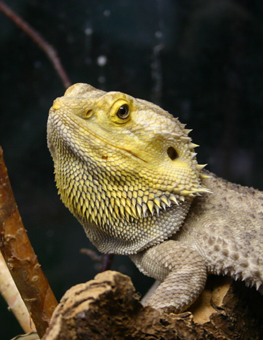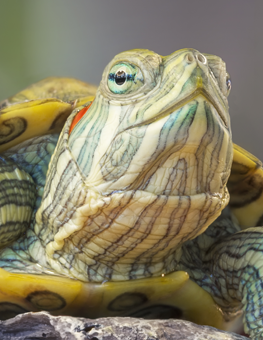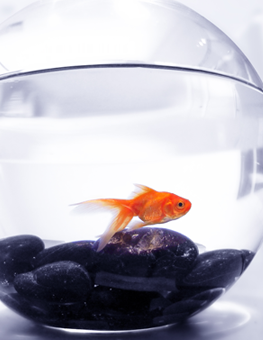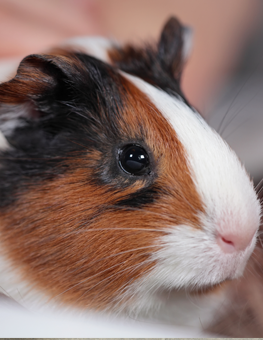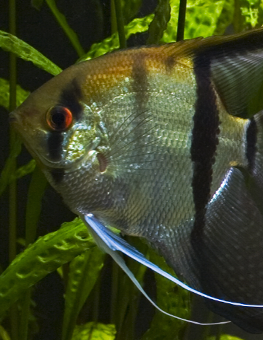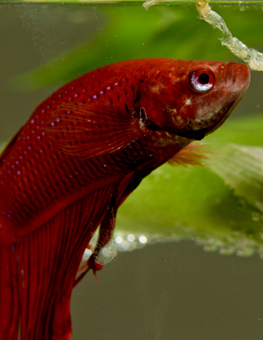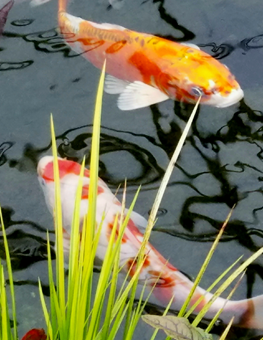Creating a Proper Habitat: Choosing the Right Plants for Your Aquarium Tank
While you might want them to improve the aesthetics of your aquarium tank, aquarium plants can greatly affect the balance of your fish’s habitat. Use them wisely.
Aquarium plants certainly make your aquarium more visually appealing; a lush habitat for your fish, whatever species they may be. You may want to choose your plants for this reason, selecting those that look the best. It is important to remember, though, that the plants you put in your aquarium tank can have a great effect on the inside tank environment. Also, depending on what type of aquarium and environment you have, different types of plants will flourish. Here are some things to investigate when deciding how to plant your aquarium:
- Size: While it seems obvious to choose the right size plants for your aquarium, it’s important to remember that, like your fish, your plants will grow. Do some research on potential plants and the sizes they can reach so you know you won’t be crowding your fish with redwoods.
- Substrate: Just like on land, plants in the water need a secure, beneficial place to lay their roots. Most aquarium plants will need a couple of inches of medium sized substrate to rest in.
- Lighting: This is one of the most important considerations when determining which plants are right for your aquarium. It is likely that your plants will need more light than your fish, since they use photosynthesis to create energy. An average fish tank will be lit for 10-12 hours by one, single fluorescent aquarium tank light bulb. This will be enough for only the hardiest of plants, including hornwort, java moss and banana plants. Most plants will need more light power than this, though, up to two or three extra tank lights. The specifics vary depending on the plant, but count on 2-5 watts of light power per gallon of water.
- Fish Type: You may want to think about the type of fish you have in your tank before choosing any live plants. Certain vegetable eating fish, such as silver dollars and tinfoil barbs will devour fragile plants. Cichlids are known to uproot plants with fervor. Other fish will leave fine-leafed plants alone while munching on broad-leafed plants. Before you buy plants, make sure you know if your fish will be devouring them.
- Water: Another factor in which plants you will get is the type of water your fish are living in. Most plants live in water from 72 to 78 degrees Fahrenheit and a pH of 6.8 to 7.8. Water hardness is also a factor in plant environment. Make sure you know both the water type you have and the recommended water type for the plants you are buying before you install any greenery.
- Trustworthy Source: When you are buying plants, make sure you acquire them from a source you trust. Plants can carry in harmful bacteria or other foreign agents, like snail eggs. These unwanted imports can harm the delicate ecosystem inside an aquarium tank.
If you take these factors into consideration and take good care of your aquarium plants, they should lead a very long life in a balanced, beautiful aquarium. Remember that the plants need water changes and substrate changes to help them survive. Also, you should be trimming any dead parts off of the plants often, as decaying matter is bad for the tank.



